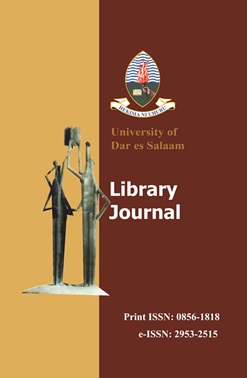Examining Digital Divide in Secondary and Primary Education Online Content Users Based in Tanzania
Keywords:
Digital divide, educational platforms, facilitating conditions, low technical quality, low content qualityAbstract
This paper determined the digital divide among secondary and primary education online platforms in Tanzania. The study addressed three key aspects: first, it determined the contribution of facilitating conditions in the digital divide among secondary and primary school learners. Secondly, it determined how the quality of existing secondary and primary education digital platforms defines the current status of the digital divide. Lastly, the study provides steps to be taken by stakeholders of education in addressing the digital divide in the context of secondary and primary education. The study used the qualitative approach. First, it used government reports and other organisational publications to obtain statistical information on facilitating conditions for educational digital services. Secondly, it studied 302 online reviews by users of seven (7) digital platforms for secondary and primary education contents in Tanzania. In the first set of results facilitating conditions such as ownership of smartphones, computers, Televisions, and access to the Internet still contribute to the digital divide among users of secondary and primary education platforms. In the second set of reviews, the study observed the following nature of reviews submitted by users to studied online platforms. The first category had a positive view of digital platforms. This is a positive view submitted to the platform on its usefulness. In all platforms, users were of the view that the platforms were useful. Another category was that of poor technical quality. This view reflects the perception of viewers that the quality of the accessed platform was poor. In this category, users were more uncomfortable with the inability of the platform to launch appropriately. The third category was about the quality of the contents. In all platforms, users suggested that the contents were inadequate. With the guidance of policies, all stakeholders need to engage together in addressing observed issues of the digital divide.


